How To Hide Security Camera Outdoor ?
To hide a security camera outdoors, you can use various methods such as camouflage, strategic placement, or disguising the camera as an object. Camouflage techniques involve selecting a camera that matches the surroundings, such as a camera with a housing that blends with the color and texture of the environment. Strategic placement involves positioning the camera in a way that it is not easily visible, such as behind foliage or other objects. Disguising the camera involves using creative methods to make it appear as something else, like a birdhouse or a rock. These methods can help to conceal the camera and make it less noticeable to potential intruders.
1、 Camouflage techniques for outdoor security cameras
Camouflage techniques for outdoor security cameras have become increasingly important as criminals become more aware of their presence. Hiding security cameras effectively can help prevent them from being tampered with or disabled, ensuring that they continue to provide the necessary surveillance and protection.
One of the most common methods of hiding outdoor security cameras is through camouflage. This involves disguising the camera to blend in with its surroundings, making it less noticeable to potential intruders. There are several ways to achieve this:
1. Use camouflage skins: Many security camera manufacturers offer camouflage skins that can be easily attached to the camera. These skins are designed to mimic natural elements such as tree bark or leaves, making the camera blend in seamlessly with the environment.
2. Strategic placement: Choosing the right location for your security camera is crucial. Placing it behind foliage or other objects can help conceal it from view. However, it's important to ensure that the camera still has a clear line of sight to capture any suspicious activity.
3. Disguise as other objects: Another effective method is to disguise the camera as a different object altogether. This could include placing it inside a birdhouse, a fake rock, or even a garden gnome. This technique can be particularly useful in residential areas where a security camera may be seen as intrusive.
4. Use wireless cameras: Wireless security cameras offer more flexibility in terms of placement. They can be hidden in inconspicuous locations such as bird feeders or outdoor light fixtures, making them less likely to be detected.
It's important to note that while camouflage techniques can help hide outdoor security cameras, they should not compromise the camera's functionality. It's crucial to ensure that the camera still has a clear view of the area it is meant to monitor.
In conclusion, hiding outdoor security cameras through camouflage techniques is an effective way to deter criminals and protect your property. By blending the cameras into their surroundings, they become less noticeable and less likely to be tampered with. However, it's important to strike a balance between hiding the camera and maintaining its functionality to ensure optimal surveillance.
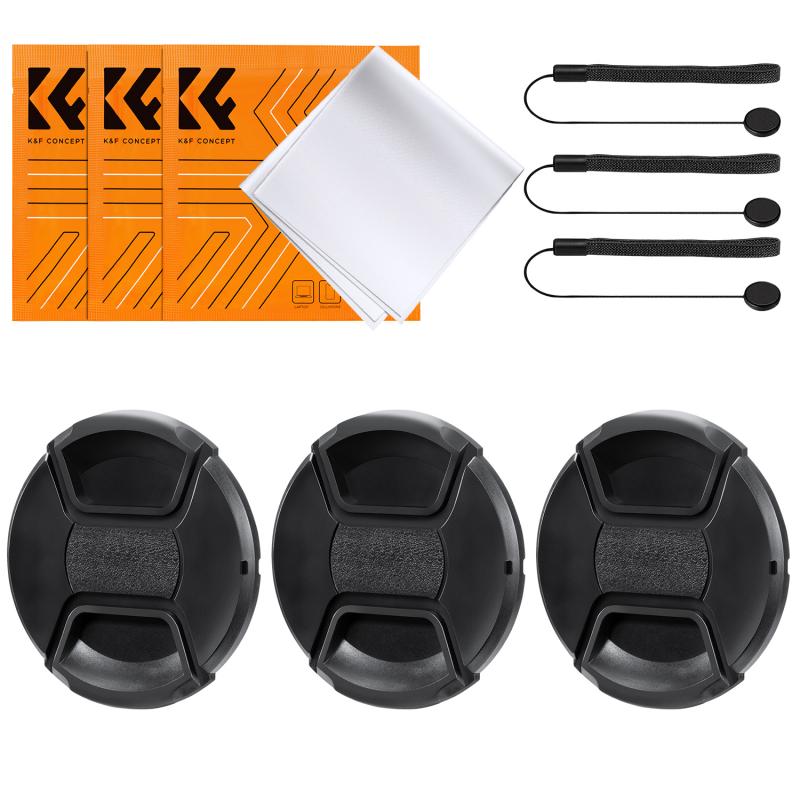
2、 Concealing outdoor security cameras with natural surroundings
Concealing outdoor security cameras with natural surroundings is a great way to hide them effectively while maintaining their functionality. Here are some tips on how to achieve this:
1. Choose the right camera placement: Before installing your security cameras, carefully select their placement. Look for areas with natural elements like trees, shrubs, or foliage that can provide cover and blend in with the surroundings. Avoid placing cameras in obvious locations where they can be easily spotted.
2. Use camouflage skins or covers: Many security camera manufacturers offer camouflage skins or covers that can be easily attached to the cameras. These skins are designed to mimic natural elements like tree bark or leaves, making the cameras blend seamlessly into the environment.
3. Utilize strategic landscaping: Incorporate landscaping elements such as tall bushes, hedges, or climbing plants around the camera's location. This will help to obscure the camera's view and make it less noticeable. However, ensure that the plants do not obstruct the camera's field of vision.
4. Opt for wireless or hidden cameras: Wireless cameras offer more flexibility in terms of placement, as they don't require a direct connection to a power source. Hidden cameras, such as those disguised as outdoor lights or birdhouses, can also be effective in concealing their presence.
5. Regular maintenance: Keep the natural surroundings well-maintained to ensure that the camera remains hidden. Trim any overgrown plants or branches that may obstruct the camera's view or give away its location.
It's important to note that while concealing security cameras is a valid approach, it's equally important to comply with local laws and regulations regarding surveillance and privacy. Always ensure that your camera placement and usage are within legal boundaries.
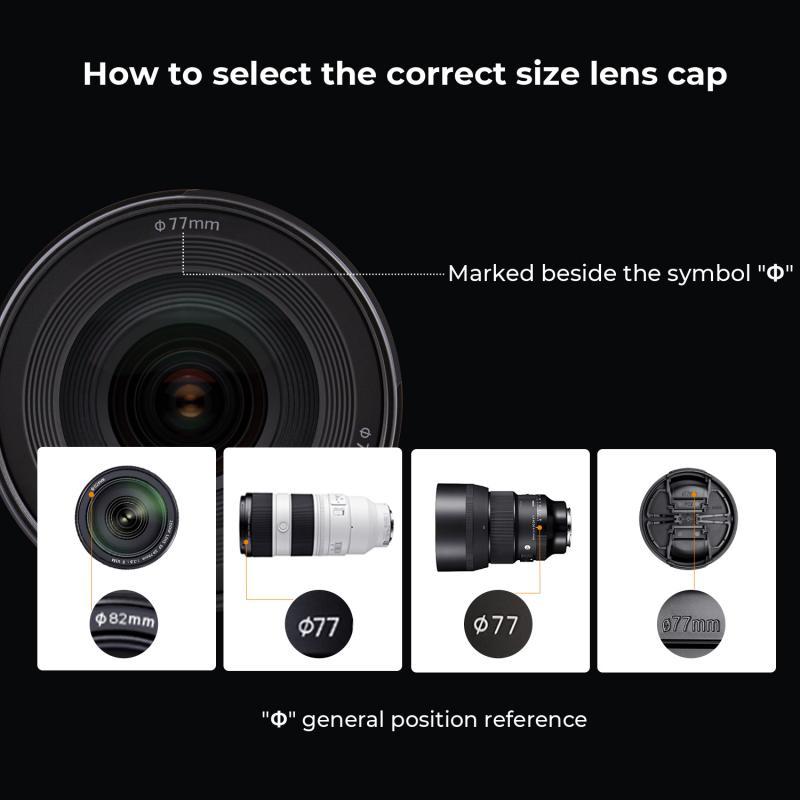
3、 Disguising outdoor security cameras as common objects
One effective way to hide security cameras outdoors is by disguising them as common objects. This technique not only helps to maintain the aesthetics of your property but also prevents potential intruders from easily identifying and disabling the cameras. Here are some ideas on how to accomplish this:
1. Birdhouse or bird feeder: Install a small security camera inside a birdhouse or bird feeder. This not only provides a natural camouflage but also allows for a wide field of view.
2. Outdoor light fixture: Choose a security camera that can be integrated into an outdoor light fixture. This way, the camera remains inconspicuous and blends seamlessly with the surroundings.
3. Garden gnome or statue: Place a small camera inside a garden gnome or statue. This can be an effective way to hide the camera in plain sight, as it will appear as a decorative element rather than a security device.
4. Plant pot or planter: Use a large plant pot or planter to conceal the camera. Position the camera in a way that it remains hidden among the plants, providing a natural cover.
5. Weatherproof enclosure: If none of the above options suit your needs, consider using a weatherproof enclosure specifically designed to camouflage security cameras. These enclosures are available in various designs, such as rocks or tree bark, allowing you to seamlessly blend the camera with its surroundings.
It's important to note that while disguising outdoor security cameras can be effective, it's crucial to ensure that the camera's view is not obstructed and that it remains functional. Additionally, regularly check and clean the camera to prevent any buildup of dirt or debris that may affect its performance.
In recent years, advancements in technology have led to the development of smaller and more discreet security cameras. These cameras can be easily hidden in everyday objects, making it even more challenging for potential intruders to detect them. Additionally, some cameras now come with advanced features like motion detection and night vision, further enhancing their effectiveness.
Remember, the primary goal of hiding security cameras is to deter potential criminals and capture any suspicious activity. By disguising outdoor security cameras as common objects, you can maintain the security of your property without compromising its visual appeal.
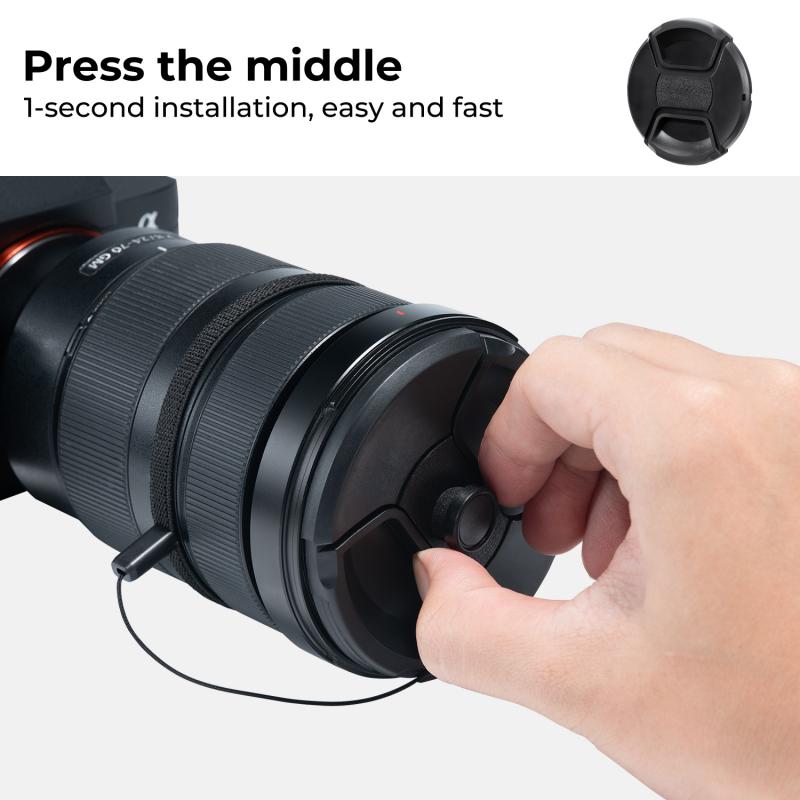
4、 Strategic placement of outdoor security cameras for optimal concealment
Strategic placement of outdoor security cameras for optimal concealment is crucial to ensure the effectiveness of your surveillance system while keeping potential intruders unaware of their presence. Here are some tips on how to hide security cameras outdoors:
1. Blend with the surroundings: Choose camera models that match the color and texture of the surrounding environment. Camouflage the cameras by painting them to match the walls, trees, or other objects nearby.
2. Utilize natural cover: Position the cameras behind foliage, shrubs, or tree branches to provide natural cover. This helps to obscure the camera's view while maintaining a clear line of sight.
3. Use weatherproof housings: Invest in weatherproof housings that protect the cameras from harsh weather conditions. These housings can be designed to resemble common outdoor objects like birdhouses or electrical boxes, making them less conspicuous.
4. Strategic placement: Install cameras at higher locations, such as rooftops or tall poles, to make them less accessible and harder to notice. Ensure that the cameras are angled correctly to capture the desired area without being easily detected.
5. Conceal wiring: Hide the camera's wiring by running it through walls, under eaves, or underground. Exposed wires can give away the presence of a camera.
6. Install dummy cameras: Consider placing dummy cameras in visible locations to deter potential intruders. However, it is important to note that dummy cameras do not provide actual surveillance footage.
7. Regular maintenance: Keep the cameras clean and free from debris to maintain their effectiveness. Over time, dirt and dust can accumulate, making the cameras more noticeable.
It is important to note that while concealing security cameras is essential, it should not compromise their functionality. Ensure that the cameras have a clear line of sight and are not obstructed by excessive cover. Regularly assess and adjust the camera placement as needed to maintain optimal surveillance coverage.











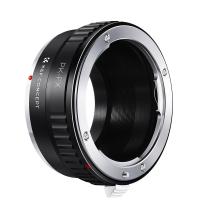






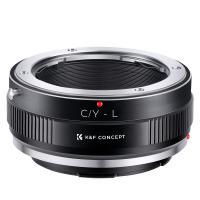
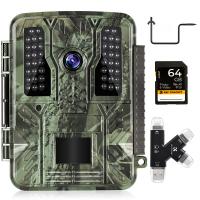
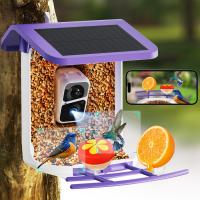



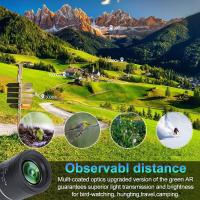
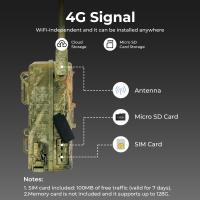

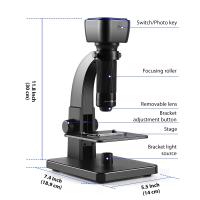

There are no comments for this blog.